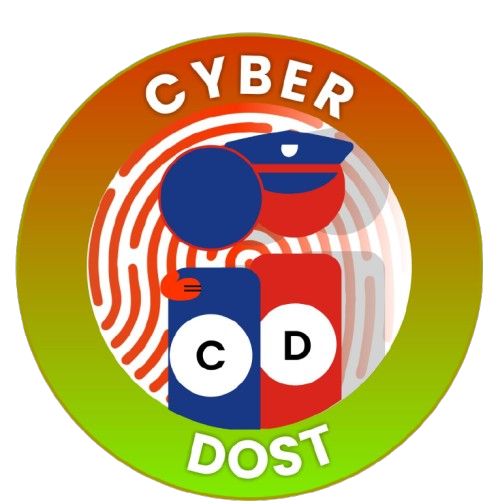Mandate
The Division focuses on preventive measures for curbing child labour, and trafficking as well as facilitate different rescue operations. The Division is also responsible for tracking of rescued children, their compensation, and the rehabilitative mechanisms. To read the complete mandate of the Division, kindly click here.
Projects and Initiatives
Some of the most prominent projects/initiatives undertaken during Financial Year 2020-21 are mentioned:
1. Rescue of children from Child Labour
The non-wavering commitment of the Commission to eliminate child labour resulted in rescue of 331 children in the year 2020-21 in comparison to a total of 202 children being rescued in the preceding 3 years. Belonging to different age groups, the youngest of the rescued children was 10 years old and were rescued with the help of Sub-Divisional Magistrate (SDM), Delhi Police, Labour Department, ChildLine and Child Welfare Committee (CWC) from different places such as factories, bakery units, kharat machine units and auto center units, as well as residential colonies where the children were working as domestic servants.
2. Rehabilitation of the rescued child labourers
Rescuing children from hazardous employment situations acts as an immediate relief for them but does not guarantee their long-term safety and the chances of them falling back into the clutches of labour remains. Therefore, the Commission ensures end-to-end rehabilitation of the rescued children in the following manner:
- a. Restoration: restoring a child with their parents and family is a critical first step as it gives the child an environment of care and love. The Commission has ensured the restoration of 90% of the rescued children, and is in the process of restoring everyone at the earliest.
- b. Backwages: Compensation for the rescued children under the Child Labour (Prohibition and Regulation) Act, 1986 and Bonded Labour System (Abolition) Act, 1976 has been a consistent challenge, with only 50% of the rescued children having received their back wages.. While CWCs have been doing their job in ensuring that the backwages are retrieved and deposited in the child’s account, the interdepartmental coordination has led to consistent bottlenecks. The Commission is apprised of such cases and the concerned officers from the Revenue and Labour department are taken in loop to speed up the process of retrieval.
- c. Enrolment in Schools: By enquiring about the rescued children’s enrolment in schools and their families’ involvement in different government schemes that might help them with some income, food and other basic necessities ensure that the families children are not pushed into labour. DCPCR has put in efforts to identify the possibility of linking such families to relevant social schemes. 30% of the children rescued from Delhi are not yet enrolled in any education institution, thus the process to counsel them and get them enrolled in the vocational course has been initiated.
3. Stakeholder Investment
The challenge of child labour can only be tackled if there is investment within the system (like Labour department, Revenue department etc) along with the citizens, both adults and children. To sensitize children from the privileged backgrounds about the hardships faced by children who are forced into labour and to encourage them to have conversations about the same within their families, a painting competition was organized with the Private School Association for the same which had some amazing paintings depicting deep insights from the children regarding the cause. The best works were also awarded.
Multiple NGOs were also encouraged to sign a pledge to report any instance of child labour that would come to their notice and also committing that no member in the organization would engage in it at individual level. Similarly, the Chairpersons of the Mandi Associations across Delhi also pledged the same and made visits to ensure that their mandis were child labour free.
4. Intervention to prepare an SoP for child labour rescue operations and common performa for inter-departmental co-ordination
The process of planning and executing rescue operations needs coordination and liaisoning between various departments and stakeholders. Without comprehensive SoP that defines the roles and responsibilities of each stakeholder, there can be breakdowns in the process. The Commission is in the process of preparing a standard operating procedure including a standard format /performa to gather information of the reduced child and offending employers that will better enable inter-departmental coordination and tracking of children till they are rehabilitated.
5. Tracking District Task Force Meeting:
The Commission, in its efforts to plan for preventive strategies for child labour, identified District Task Force meetings as one of the leverages. Being mandated to be held monthly under the CLPRA Amendment Rules, 2017, the Commission started to monitor these meetings and advised the DMs to use these meetings to discuss and plan preventive and proactive interventions along with planning of rescue operations. 12 meetings across 5 districts in the last 6 months have already been conducted despite the challenges of the pandemic.
The Commission is also working with Revenue department to ensure that these meetings include identification of the vulnerable areas, act on pending information of trafficking/child labour, examine the rehabilitation efforts, review processes, and plan forward. The Revenue department and the Labour department are also made aware of Rule 2(b)(2) of the CLPRA Amendment Rules, 2017 which says that information of children who were absent in schools for consecutively 30 days is shared with the nodal officer and efforts be made to track those children.


 Delhi Commission for Protection of Child Rights (DCPCR)
Delhi Commission for Protection of Child Rights (DCPCR) 


